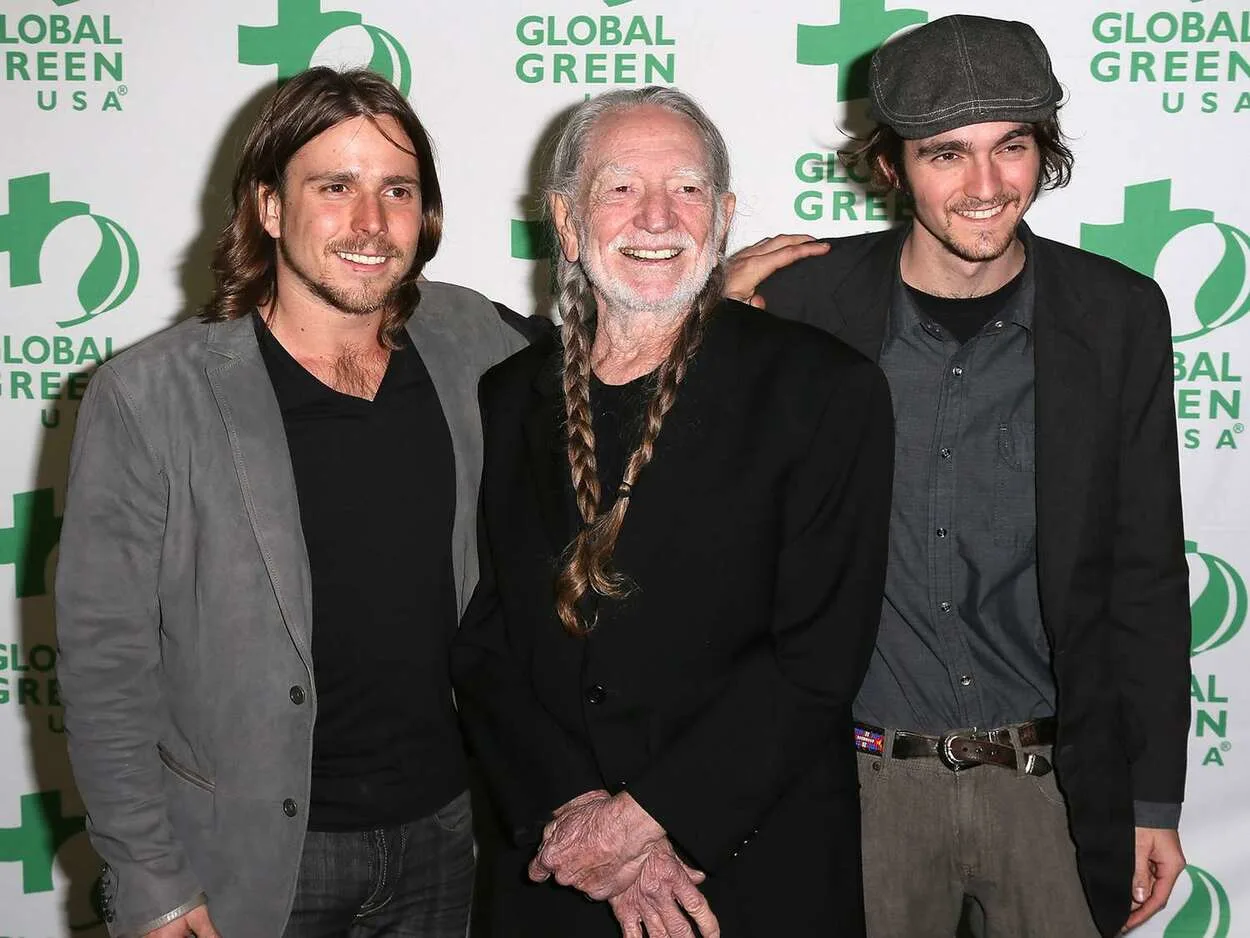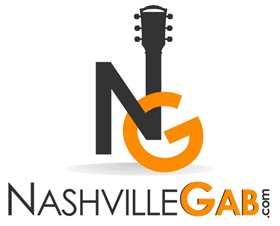Outlaw country is a subgenre of country music that emerged in the late 1960s as a reaction to the polished and pop-oriented sound that dominated the Nashville scene.
The movement was characterized by its raw, rebellious sound and lyrics that dealt with themes of hard living, heartbreak, and social commentary. Outlaw country artists were known for their disregard for the conventions of the music industry and their commitment to authenticity and artistic freedom.
The term “outlaw country” was coined by music journalist Hazel Smith to describe the music of artists like Waylon Jennings, Willie Nelson, and Merle Haggard, who rejected the slick production and formulaic songwriting of mainstream country in favor of a more stripped-down and honest approach.
These artists were often associated with the outlaw biker culture and were seen as rebels who stood apart from the establishment. Despite their outsider status, outlaw country artists achieved widespread popularity and helped to redefine the sound and image of country music.
Origins of Outlaw Country
Outlaw country is a subgenre of country music that emerged in the late 1960s and early 1970s. It was a reaction to the highly polished and slick sound of Nashville-produced country music that dominated the airwaves at the time. Outlaw country artists rejected the mainstream country music establishment and sought to create a more raw and authentic sound.
Musical Influences
Outlaw country drew on a variety of musical influences, including rock and roll, blues, and folk music. Many of the artists who pioneered the genre, such as Willie Nelson and Waylon Jennings, had started out playing in honky-tonks and roadhouses, where they were exposed to a wide range of musical styles.
One of the key musical influences on outlaw country was the Bakersfield sound, a style of country music that originated in California in the 1950s and 1960s. Bakersfield artists such as Buck Owens and Merle Haggard had a rougher, more stripped-down sound than their Nashville counterparts, and their music was a major influence on the outlaw country movement.
Cultural Impact
Outlaw country had a significant cultural impact, both within the country music industry and beyond. The genre’s emphasis on individuality and artistic freedom resonated with a generation of young people who were disillusioned with the mainstream culture of the time.
Outlaw country artists also helped to blur the lines between country music and other genres, such as rock and roll and folk music. This cross-pollination of musical styles helped to expand the audience for country music and paved the way for future generations of country artists to experiment with different sounds and styles.
Overall, the origins of outlaw country are rooted in a desire to create a more authentic and individualistic form of country music. By drawing on a wide range of musical influences and rejecting the mainstream Nashville sound, outlaw country artists helped to create a new subgenre of country music that remains popular to this day.
Key Outlaw Country Artists
Willie Nelson
Willie Nelson is a legendary outlaw country artist known for his distinctive voice and songwriting skills. He rose to fame in the 1970s with hits such as “Blue Eyes Crying in the Rain” and “On the Road Again”. Nelson’s music is characterized by his unique blend of country, blues, and folk, and his outlaw persona has made him an icon in the genre.

Waylon Jennings
Waylon Jennings is another prominent outlaw country artist who became famous in the 1970s. He is known for hits such as “Luckenbach, Texas” and “Mammas Don’t Let Your Babies Grow Up to Be Cowboys”. Jennings was a pioneer of the outlaw country movement, and his music often featured themes of rebellion and anti-establishment.

Johnny Cash
Johnny Cash is one of the most influential country artists of all time and is often referred to as the “Man in Black”. He was a key figure in the outlaw country movement and is known for hits such as “Folsom Prison Blues” and “Ring of Fire”. Cash’s music often dealt with themes of love, loss, and redemption, and his deep, distinctive voice made him a beloved figure in the genre.
Merle Haggard
Merle Haggard was a singer, songwriter, and guitarist who helped define the outlaw country sound. He is known for hits such as “Okie from Muskogee” and “Mama Tried”. Haggard’s music often dealt with themes of working-class life and the struggles of ordinary people, and his honest, straightforward style made him a favorite among fans of the genre.

Overall, these four artists were key figures in the outlaw country movement and helped shape the genre into what it is today. Their music continues to inspire and influence new generations of country artists, and their contributions to the genre will not be forgotten.
Evolution of the Genre
1970s and 1980s
Outlaw country originated in the 1970s as a reaction to the polished and heavily produced mainstream country music of the time. Artists such as Waylon Jennings, Willie Nelson, and Merle Haggard rejected the Nashville sound and instead embraced a raw, stripped-down approach to country music. They sang about the struggles of everyday people, often with a rebellious and anti-establishment attitude.
During the 1980s, outlaw country continued to evolve with the emergence of new artists such as Steve Earle and Dwight Yoakam. These artists brought a fresh perspective to the genre, incorporating elements of rock and roll and punk music into their sound. They also continued to push the boundaries of what was considered acceptable subject matter in country music.
Modern Outlaw Movement
In the 21st century, outlaw country has experienced a resurgence in popularity with the emergence of new artists such as Sturgill Simpson and Chris Stapleton. These artists continue to carry on the traditions of their predecessors, blending traditional country music with elements of rock, blues, and soul.
One of the defining characteristics of the modern outlaw movement is its rejection of the mainstream country music industry. These artists often eschew the traditional Nashville sound in favor of a more authentic and organic approach to music-making. They also tend to focus on more substantive subject matter, such as social and political issues, rather than the typical themes of love and heartbreak.
Overall, the evolution of outlaw country has been marked by a commitment to authenticity and a rejection of the status quo. While the genre has undergone many changes over the years, its rebellious spirit and commitment to telling the stories of everyday people have remained constant.

Notable Albums and Songs
Outlaw country music has produced some of the most iconic albums and songs in the history of country music. Here are some notable examples:
Albums
- Wanted! The Outlaws (1976) – This album, featuring Willie Nelson, Waylon Jennings, Jessi Colter, and Tompall Glaser, is considered the first outlaw country album. It includes the hit song “Good Hearted Woman” by Jennings and Nelson.
- Red Headed Stranger (1975) – Willie Nelson’s concept album tells the story of a fugitive on the run. It features the hit song “Blue Eyes Crying in the Rain” and is widely regarded as one of the greatest country albums of all time.
- Guitars, Cadillacs, Etc., Etc. (1986) – Dwight Yoakam’s debut album brought a fresh sound to country music, blending traditional honky-tonk with punk and rockabilly influences. It includes the hit songs “Honky Tonk Man” and “Guitars, Cadillacs.”
Songs
- “Mammas Don’t Let Your Babies Grow Up to Be Cowboys” – This duet by Waylon Jennings and Willie Nelson became a hit in 1978 and has since become a classic outlaw country anthem.
- “Luckenbach, Texas (Back to the Basics of Love)” – Written by Chips Moman and Bobby Emmons, this song was made famous by Waylon Jennings in 1977. It celebrates the simple life and the joys of small-town living.
- “The Devil Went Down to Georgia” – This song by the Charlie Daniels Band tells the story of a fiddling contest between the devil and a young man named Johnny. It became a huge hit in 1979 and is still a favorite among country fans today.
These albums and songs are just a small sample of the rich legacy of outlaw country music. They continue to inspire and influence new generations of musicians and fans alike.
FAQ’s
1. What is Outlaw Country Music?
Outlaw country music is a subgenre of country music that emerged in the late 1960s and early 1970s. It was a rebellion against the polished, pop-oriented sound that dominated the Nashville music scene at the time. Outlaw country artists like Willie Nelson, Waylon Jennings, and Johnny Cash prioritized raw and honest music with themes of hard living, heartbreak, and social commentary. They challenged the Nashville establishment’s control and fought for creative freedom.
2. What are some of the musical influences of Outlaw Country?
Outlaw country drew inspiration from a variety of musical styles. Blues and honky-tonk, staples of country music, played a major role. Rock and roll’s energy and folk music’s storytelling also influenced the genre. The Bakersfield sound, a subgenre known for its rough-edged production and Bakersfield-based artists like Buck Owens and Merle Haggard, was another key influence.
3. How did Outlaw Country impact Country Music?
Outlaw country’s impact on country music is significant. It challenged the Nashville music industry’s control and paved the way for more artistic freedom and experimentation within the genre. It blurred the lines between country music and other genres, influencing future generations of country artists. Outlaw country’s rebellious spirit and focus on real-life themes continue to resonate with fans today.
Conclusion:
- Outlaw Country’s Legacy: A rebellion against the Nashville sound, outlaw country championed artistic freedom and raw honesty in country music.
- Musical Influences: Drawing from blues, honky-tonk, rock and roll, and the Bakersfield sound, outlaw country created a unique blend.
- Lasting Impact: Outlaw country challenged the status quo, blurred genre lines, and paved the way for more diverse country music.
- Enduring Spirit: The rebellious spirit and focus on real-life themes continue to resonate with fans and inspire new generations of artists.
